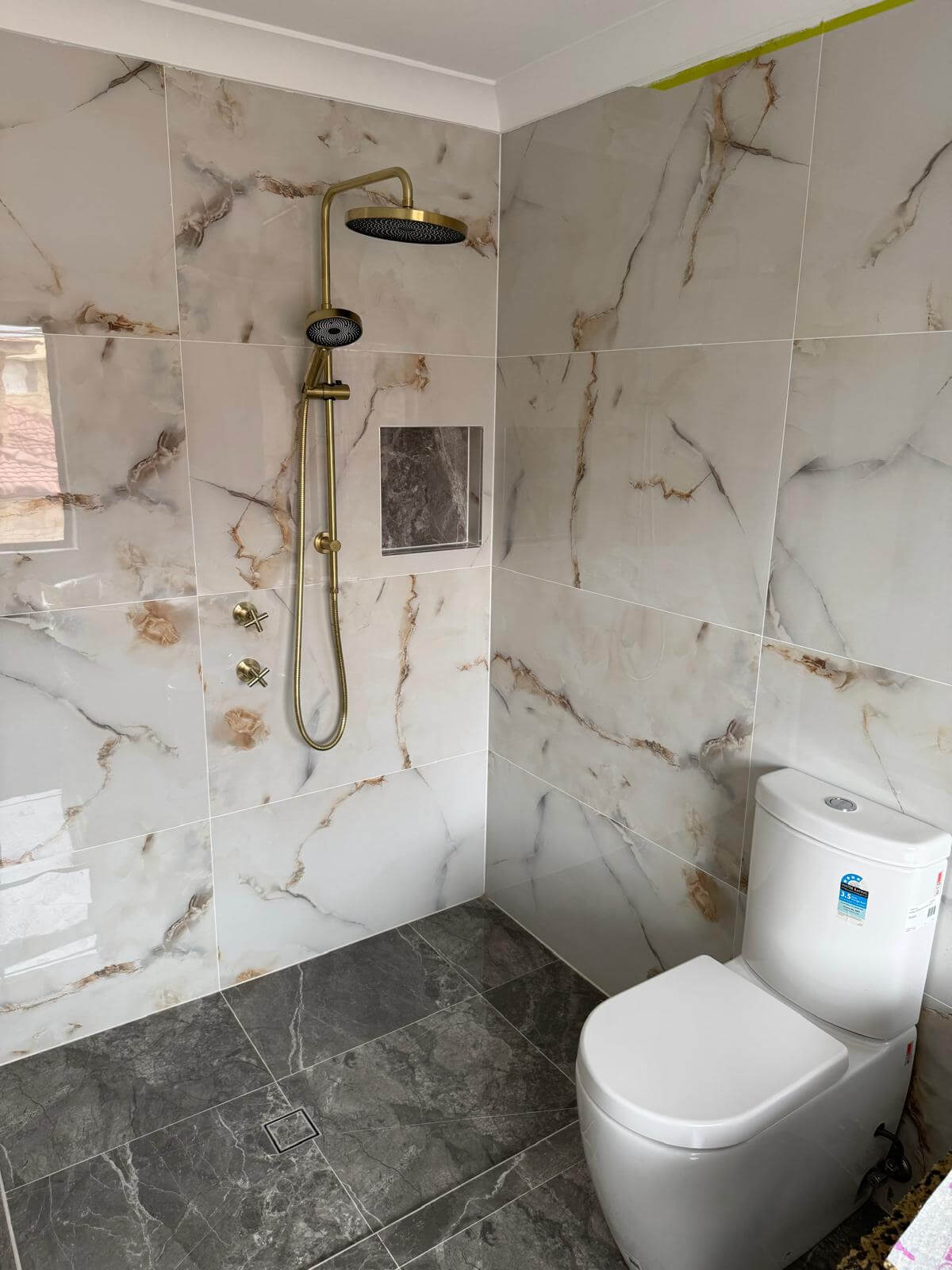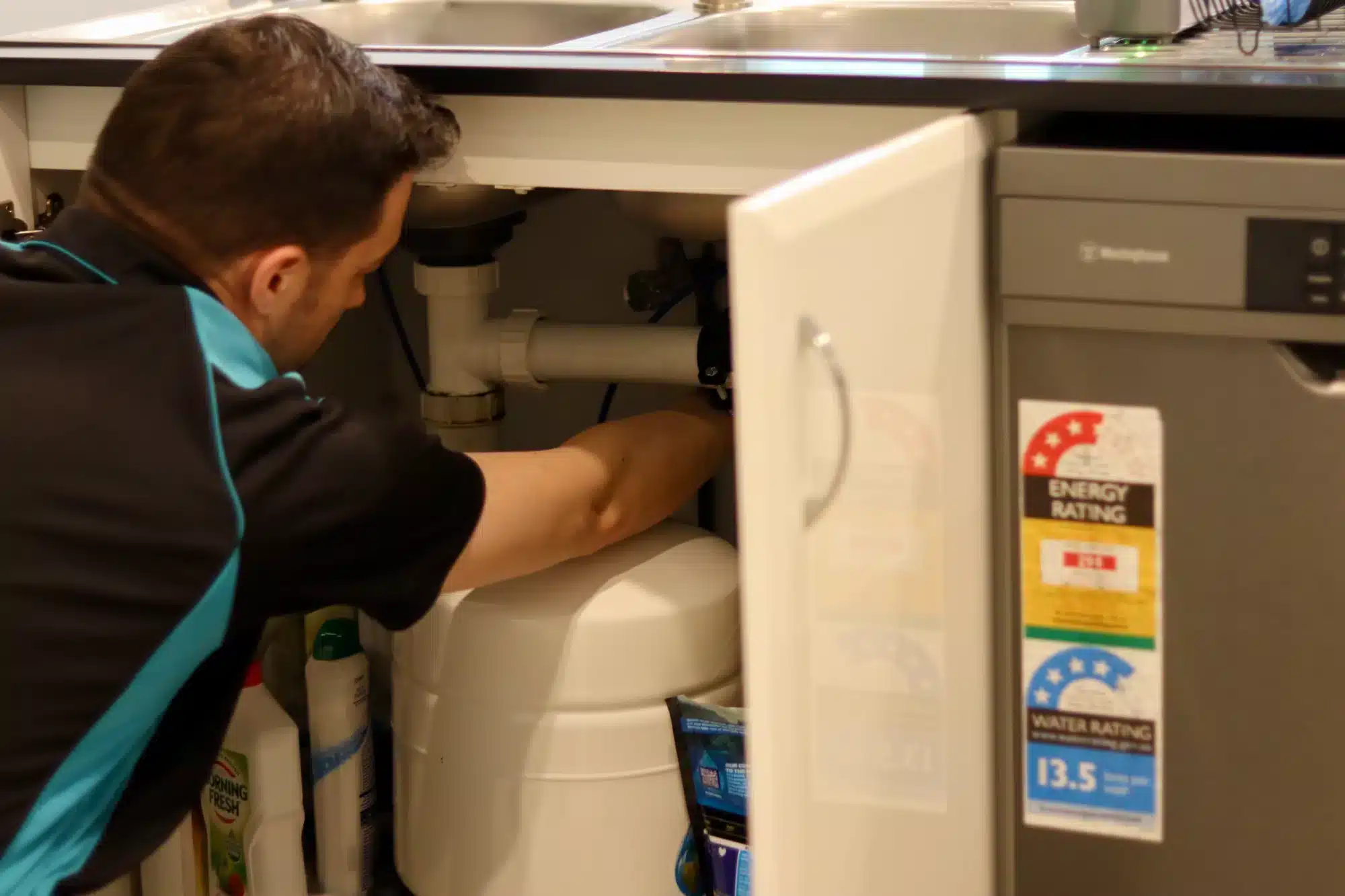Shower drain smells are a common source of unpleasant odours in the bathroom. The smell can range from musty to something resembling rotten eggs, or even raw sewage. Understanding the causes of these shower drain smells, especially those related to the drain pipe, and knowing how to effectively resolve them is key to maintaining a fresh-smelling bathroom. In this guide, we’ll explore the most common causes and solutions for tackling smelly shower drains.
Common Causes of Shower Drain Smells
- Buildup of Hair, Soap Scum, and Other Debris
One of the most common reasons for shower drain smells is the accumulation of hair, soap scum, and other debris. Over time, these materials combine and can clog your drain, leading to a foul smell as bacteria and mould start to grow. - Poor Ventilation
If your bathroom isn’t well-ventilated, moisture will build up, creating the perfect environment for bacteria to flourish. This moisture can linger in the pipes and cause unpleasant odours to rise from the drain. - Clogged Drain
A clogged drain is another typical culprit behind a smelly shower. Blockages may be caused by hair, soap residue, dirt, and oils from your skin. When water can’t flow properly, stagnant water can produce musty and unpleasant smells. - Biofilm Buildup
Biofilm is a slimy layer that forms on surfaces in the drain due to organic material and bacteria. Over time, it can emit a musty, unpleasant odour, particularly in areas that are damp or rarely cleaned. - Leaky Pipes
Leaky pipes can cause sewer gases to escape into the bathroom, resulting in a strong, foul odour. This is more likely in older homes or in areas where plumbing has not been properly maintained.
Identifying the Source of the Smell
To effectively address the smell, it’s important to identify its source. The type of smell from the drainpipe, which may include bad odours, can give you clues:
- Musty Smell: This is often caused by a dirty P-trap or the buildup of biofilm. If the smell seems mouldy or like damp earth, it’s a sign of organic material accumulating in your drain.
- Rotten Egg or Sulphuric Smell: This usually indicates the presence of sewer gases, which can be caused by a dried-out P-trap, a clog, or even leaky pipes allowing sewer gases to enter your bathroom.
- Sewage Smell: This could be a result of a blocked drain or, in more serious cases, a crack in the sewer pipe. It’s a more pungent smell and can be a health hazard, so it requires prompt attention.
Fixing a Clogged Drain
- Use a Drain Snake or Plumber’s Auger
A drain snake or plumber’s auger is a tool designed to clear blockages deep within your pipes. These tools are great for pulling out hair, soap scum, or other debris that may be clogging the drain. - Manual Removal of Blockages
You may need to physically remove debris from the drain. Simply take off the drain cover and pull out any visible hair or soap scum. A pair of needle-nose pliers can help grab stubborn items. - Toilet Plunger
A toilet plunger can help to create a watertight seal and build pressure to push through the clog. Make sure there is enough water in the shower base to cover the plunger for optimal suction. - Use Barbed Plastic Cleaning Tools
For more stubborn clogs, a barbed plastic cleaning tool can be inserted into the drain to pull out hair and other gunk. There are also gas or water-powered cleaners that can clear blockages more effectively.
Natural Remedies for Drain Smells
If you prefer a more natural solution, here are some simple remedies that can help remove unpleasant odours, including ways to remove mold:
- Baking Soda and Vinegar
Pour half a cup of baking soda followed by half a cup of white vinegar down the drain. Allow the mixture to sit for 10 minutes and then flush it down with boiling water. This combination helps break down buildup and neutralise odours. - Enzyme-based Cleaners
Enzyme-based cleaners are a more environmentally friendly way to tackle smelly drains. They work by breaking down organic matter, such as soap scum and hair, leaving your drain cleaner and fresher.
Leaky Pipes and Bathroom Smells
Leaky pipes, including the u-shaped pipe, can also contribute to bathroom odours, especially if they allow sewer gases to escape into the air. Here’s how to deal with leaky pipes, including using sodium hydroxide to clear blockag :
- Inspect for Leaks
Check for any signs of moisture around your shower drain and pipes. Look for corrosion or loose fittings in PVC pipes. If you notice dampness around the pipes, it could indicate a leak. - Repair or Replace Damaged Pipes
Leaks in metal pipes may be due to corrosion, while perforations in PVC pipes can be sealed with pipe repair tape. If the pipe is severely damaged, it may need to be replaced. - Regular Maintenance
Routine maintenance checks are key to spotting leaks early on. Be proactive in ensuring your plumbing is in good condition to avoid costly repairs down the line.
Preventing Future Drain Clogs
- Regular Cleaning
Clean your shower drain regularly to prevent the buildup of hair and soap scum. Running hot water through the drain every week can help clear minor debris and keep things flowing smoothly. - Drain Catchers
Use a drain catcher or screen to catch hair, soap, and other debris before they can enter your pipes. These are inexpensive tools that can save you from major clogs. - Avoid Pouring Grease or Oils Down the Drain
Never pour grease, oils, or food remnants down the drain, as they can harden over time and lead to severe blockages.
When to Call a Professional
While DIY methods are effective for many minor issues, there are situations, especially when harsh chemicals are involved, when it’s best to call a professional:
- Persistent Odours: If the smell persists after trying cleaning methods, it could be a sign of a deeper issue, such as a cracked P-trap or sewer line.
- Sewer Issues: If you suspect a problem with your sewer system, such as a broken or leaking sewer pipe, it’s time to consult a plumber.
- Complex Plumbing: If your home uses a septic tank or a complicated drainage system, professional help is often necessary to address odour issues.
- Uncertainty: If you’re unsure about the source of the smell or how to fix it, it’s always better to call in an expert than risk causing further damage.
Conclusion
A smelly shower drain can be an unpleasant problem, often causing unpleasant odors, but it’s a straightforward one to resolve with the right approach. By identifying the source of the odour and using the appropriate cleaning methods, you can restore your shower to a fresh and clean state. Regular maintenance, such as using drain catchers and ensuring not to let too much water down the drain, performing routine cleanings, can prevent future clogs and keep your bathroom smelling pleasant.
Frequently Asked Questions (FAQs)
How do I get rid of a smelly shower drain?
Clear the drain of hair and debris, then clean it using a mixture of baking soda and vinegar. If the problem persists, consider using enzyme-based cleaners or seeking professional help.
Why does my shower drain smell but have no blockage?
A musty or foul smell without a visible blockage can often be due to biofilm buildup or leaky pipes.
How do I get rid of sewer smell in my bathroom?
Sewer smells may indicate a problem with the P-trap or plumbing. Try cleaning the drain, and if the smell persists, check for leaks or contact a plumber.
How to fix smelly drains outside?
Clean the exterior drain with a mixture of baking soda and vinegar. Ensure it’s not clogged with debris and that the drainage area is properly ventilated.
How do I clean a P-trap in a shower?
Remove the P-trap, clean out any debris, and rinse it thoroughly with hot water.
Why is my drain smelling like sewage?
A sewage smell is typically caused by a dry or malfunctioning P-trap, a clog, or a crack in the sewer line.
How do you fix a smelly drain?
Fix a smelly drain by removing any blockages, cleaning the drain with natural remedies, or using a plumber’s snake for tougher clogs.
How to clean a shower drain P-trap?
Remove the P-trap and clean it by soaking it in a solution of vinegar and baking soda, then rinse thoroughly.
How do you fix a smelly shower drain?
Fix a smelly shower drain by identifying and removing any blockages, cleaning with natural solutions, and checking for leaks in the plumbing.
Why is there a bad smell coming from my shower drain?
A bad smell could be caused by debris buildup, a dry or faulty P-trap, or issues with your plumbing, such as leaks or clogs.






